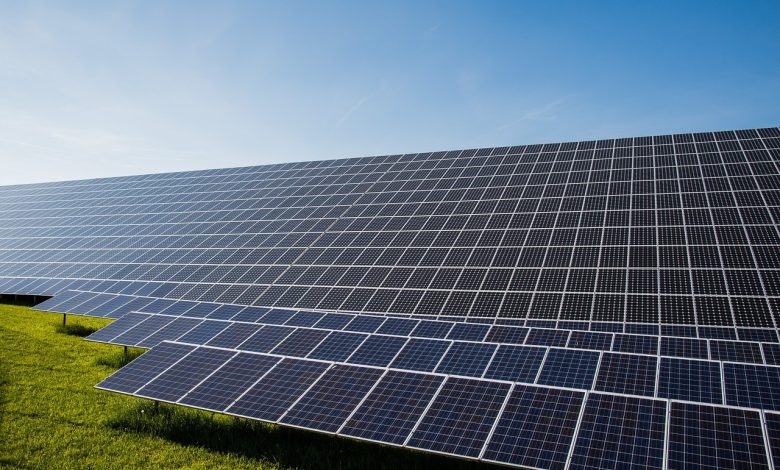
Solar Farm Benefits
Solar power is considered one of the most abundant yet under harvested sources of energy on the planet. Solar energy farms provide immeasurable benefits to both the owner and the surrounding community and environment for its eco-consciousness and cost-effectiveness. It is a much safer alternative to other sustainable energy sources such as nuclear or wind, and retain the ecosystems on which they are built much better, since they do not pose any threat to local wildlife mechanically or chemically.
For owners, solar farms are also particularly advantageous because they have lower maintenance costs and have a high return on the initial investment required to build them. They do not contribute extra pollution to the environment and require less regular human labor and oversight to maintain. They are a great way to turn otherwise unused land into an additional source of income.
What are Piles?
Piles are used in construction to ensure that whatever structure is being built has a sturdy foundation to support it. It ensures that the structure is supported by not just the topsoil, but the sediment and rock underneath it. It also helps to protect the structure being built from erosion over time.
Piling is when, during a construction project, large stakes of different materials (called piles) are inserted into the ground. These piles may be made of concrete, welded steel pipe, or wood and are long and cylindrical. Sometimes these piles may even be helical, which means they have a screw-type shape along the bottom end. You may already be familiar with the term pile driving in everyday conversation: in terms of construction, pile driving is the process of applying a large amount of force to insert these piles into the ground.
Solar Farm 101
The majority of people have a concept of what solar energy is—energy harvested from the sun which has been converted into electricity—but how do they actually work? Well, the process starts with solar panels, which can be comprised of either mirrors which concentrate the sun’s rays or of photovoltaic cells. The latter type is typically what most are more familiar with, as the former are generally only used in larger plants. The mirrors concentrate solar radiation and harvests its thermal energy which can later be stored as electricity, whereas photovoltaic cells directly produce electricity.
Photovoltaic cells, on the other hand, comprise of two layers of silicon, a semi-conductive material, which have been treated to create an electrical field between them. The top layer of silicon may contain phosphorous, an element which is negatively-charged, and the bottom layer boron, which is positively charged. You may find out more about the charges of certain elements here, in case this concept is unfamiliar to you (though, don’t worry, running a solar farm doesn’t necessarily mean you need to understand the heavy science behind it!). This insertion of charged elements into the silicon creates the aforementioned electrical field due to the charge imbalance between the two materials.
Then, when photons—the particles which comprise sunlight, similar to how atoms make up matter—hit the photovoltaic cells, they knock electrons free from the system which then get pushed down the electrical field, into conductive metal plates and then to wires, and the process is complete: electricity has been harvested. This is very similar to how photosynthesis and cell respiration work, as all these processes involve creating an electron gradient. The science of solar energy draws inspiration from some of the most fundamental processes of life.
Why use Piles for Solar Farms?
Piles have the quickest installation time for supporting solar panels, as other methods may require you to excavate the ground to pour concrete (and on top of that, wait for the concrete to cure) instead of simply inserting piles into the ground. They are also more environmentally-friendly: a big bonus for a method of energy which prides itself on being greener than other alternatives.
Concrete, despite its status as an invaluable asset to construction, is surprisingly bad for the environment. It is a leading contributor to global carbon dioxide buildup, which is a greenhouse gas that contributes to global climate change. In addition, there is a large amount of energy which goes into concrete production, according to theguardian.com, as it requires intense heating processes. It also produces significantly more waste than plastic. In addition, pouring concrete on the wrong surfaces can prove harmful to the local ecosystem, since it can damage topsoil by making it less suitable for plants to grow in.
Piles also provide an easy mounting process for solar panels, since the panels can be installed to the piles as soon as immediately after they are inserted into the ground. They can also enable solar farms to be built in locations that would otherwise be unsuitable due to the soil conditions.




